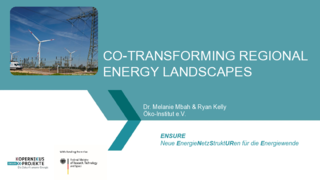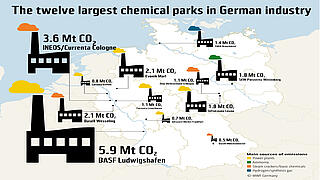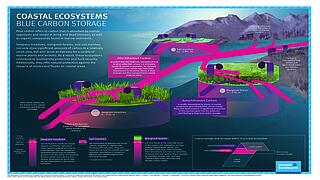Protecting our vital natural resources poses major challenges for policy- and law-makers. The issue of compliance with current environmental and climate laws has been a particular focus of public attention in recent years. Environmental litigation – whereby an individual or organisation takes action to compel governments or corporations to apply existing environmental law – is playing an increasingly important role here. Case-law such as the recent Federal Constitutional Court judgment which strengthened intergenerational justice in climate change mitigation shows that lawsuits and constitutional complaints are relevant mechanisms in enhancing protection of the climate and the environment.
The Oeko-Institut works on environmental litigation at various levels. Its legal researchers look at litigation rights, liability and safeguards in the light of various regulations and judgments of relevance to the environment. In doing so, they examine the legal frameworks at German, European and international level – for example, when environmental damage has been caused by the operations of German companies in other countries. They review the regulatory structure of international environmental liability law and consider legal responsibility issues, e.g. for climate damage or harm caused by geo-engineering.













